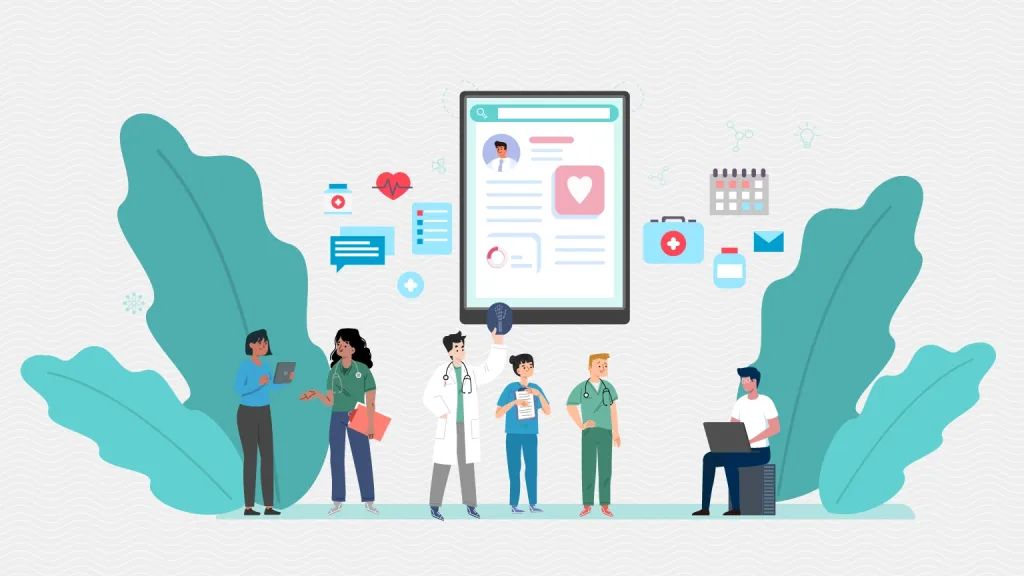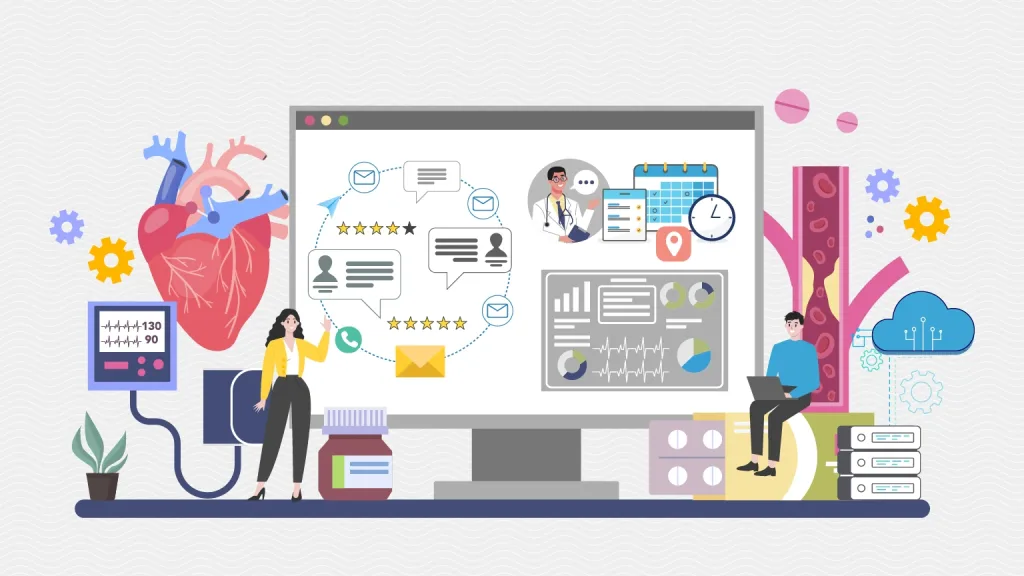
In today’s fast-paced healthcare system, seconds matter. Hospitals, clinics, diagnostic labs, and telehealth services all balance patient care with administration, coordination, compliance, and logistics. In this intricate model, helpdesk software has insidiously become one of the most significant tools to enable healthcare to work smarter—not faster.
Whether used to handle IT tickets, monitor patient inquiries, or resolve employee issues effectively, today’s helpdesk is so much more than a call center. It’s the core nervous system that ties people, technology, and processes together across departments. Let’s discuss how helpdesk software is transforming healthcare, increasing productivity, enhancing patient satisfaction, and decreasing errors.
Streamlining Patient Support and Communication

Today’s patients demand instant response—whether it’s scheduling, requesting reports, or follow-up consultations. Historically, front desk staff manually juggled phones, appointment calendars, and walk-ins. This sometimes resulted in missed calls, lost messages, or waiting times.
A strong helpdesk software enables healthcare facilities to:
– Monitor patient inquiries through various channels (email, chat, phone, SMS).
– Automatically allocate tickets to the appropriate department or specialist.
– Keep all communication with a patient in one location.
With these functions, hospitals can guarantee that any patient concern never gets lost or delayed. For patients, it means a smooth, professional experience from the very beginning.
Facilitating Effective Internal Coordination
Healthcare teams are sophisticated—physicians, nurses, laboratory technicians, IT personnel, and admin staff need to function in coordination at all times. One loose end—such as a broken printer in radiology or an internet connection outage in teleconsultation—can cascade into service delays.
Sophisticated helpdesk software provides an integrated platform for internal requests:
– Employees can submit IT, maintenance, or facility-related tickets in an instant.
– Priority-driven rules ensure critical issues get automatically escalated.
– Dashboards enable department heads to monitor SLAs, bottlenecks, and resolution durations.
This turns the helpdesk from a reactive mechanism into a proactive efficiency engine, keeping day-to-day hospital operations humming without trouble.
IT Infrastructure and Compliance Management
Hospitals now operate on technology—electronic health records (EHRs), imaging software, IoT devices, and cloud platforms. A system glitch causes downtime, jeopardizing patient safety or compliance violations.
Helpdesk software for IT Service Management (ITSM) enables hospital IT staff to:
– Monitor hardware/software assets across departments.
– Manage patches, upgrades, and updates in an orderly fashion.
– Implement incident, problem, and change management processes.
– Write down actions for regulatory compliance and audit trails (e.g., HIPAA, NABH).
For more on how ITSM helps meet compliance standards like HIPAA, check out this HIPAA Compliance Guide by HHS.gov.
In an era where uptime and cybersecurity are paramount, the helpdesk is the digital health operations’ safety net.
Telehealth and Remote Care Support
As telemedicine is picking up pace in India and globally, the demand for robust virtual support systems has risen. Patients who attempt remote consultations could experience problems regarding video calls, appointment scheduling, or payment.
Helpdesk software is crucial to telehealth because:
– It provides omnichannel support (WhatsApp, email, chatbots, and more).
– Enables automation of repetitive questions through self-service portals or FAQs.
– Logs each interaction to ensure continuity of care and follow-up.
For instance, if the patient reports an error in a payment made through an online consultation, a helpdesk ticket ensures the matter is resolved promptly and documented accurately.
Improving Patient Experience With Feedback Loops
Healthcare quality is not only measured in results but also in patient satisfaction. The helpdesk is an influential touchpoint for gathering and responding to patient feedback.
Here’s how intelligent helpdesk software assists:
– Post-service, an automated email or SMS asks for patient feedback.
– The answers are then classified as praise, concern, or complaint.
– Concerns or complaints are converted into actionable tickets.
– Dashboards enable admins to identify trends—e.g., issues that happen again and again in a department.
– Hospitals employing such systems experience an abrupt boost in Net Promoter Scores (NPS) and overall credibility.
Minimizing Administrative Burden and Paperwork
Physicians and nurses frequently spend an equal amount of time on paperwork as they do on actual patient care. Submitting reports, escalating matters to the admin, or pursuing IT support distracts them from primary duties.
Using a properly implemented helpdesk system, clerical tasks can be:
– Entered electronically and assigned through organized processes.
– Allocated with defined ownership, deadlines, and notifications.
– Fixed without incessant follow-up or documentation.
This decreases burnout among clinical personnel and releases precious time for the care of patients.
Enhancing Resource Allocation and Decision-Makin
Information-driven decision-making is not longer a choice in healthcare. A benefit of helpdesk software that has gone unnoticed is the analytics it offers. With time, the helpdesk gathers strong data:
– Which departments have the most complaints?
– What kind of requests are repeatedly delayed?
– Which equipment or system fails most often?
Hospital admins can leverage this knowledge to:
– Plan smarter for equipment upgrades.
– Determine knowledge gaps for staff.
– Overhaul SOPs from repeat problems.
This makes the healthcare organization not only faster but also smarter.
Enabling Multilingual and Inclusive Support
In a multicultural nation like India, communication can sometimes prove to be a hindrance in healthcare. Helpdesk software today includes translation capabilities, or supports predefined templates in multiple languages.
Furthermore, helpdesk software can have accessibility features for the visually impaired or geriatric patients, making healthcare inclusive.
Final Thoughts
As India’s healthcare industry gets modern, it’s evident that technology should be an enabler, not a complicator, of human interaction. Helpdesk software is one such enabler. It introduces order to disorder, accelerates resolution, guarantees accountability, and most importantly, maintains the spotlight on patient care.
From big corporate hospitals to tiny specialist clinics, implementing a smart helpdesk system is no longer a privilege—it’s an imperative. As healthcare continues to develop, it will be those who adopt digital coordination tools now who will be providing safer, swifter, and more humane care in the future.

